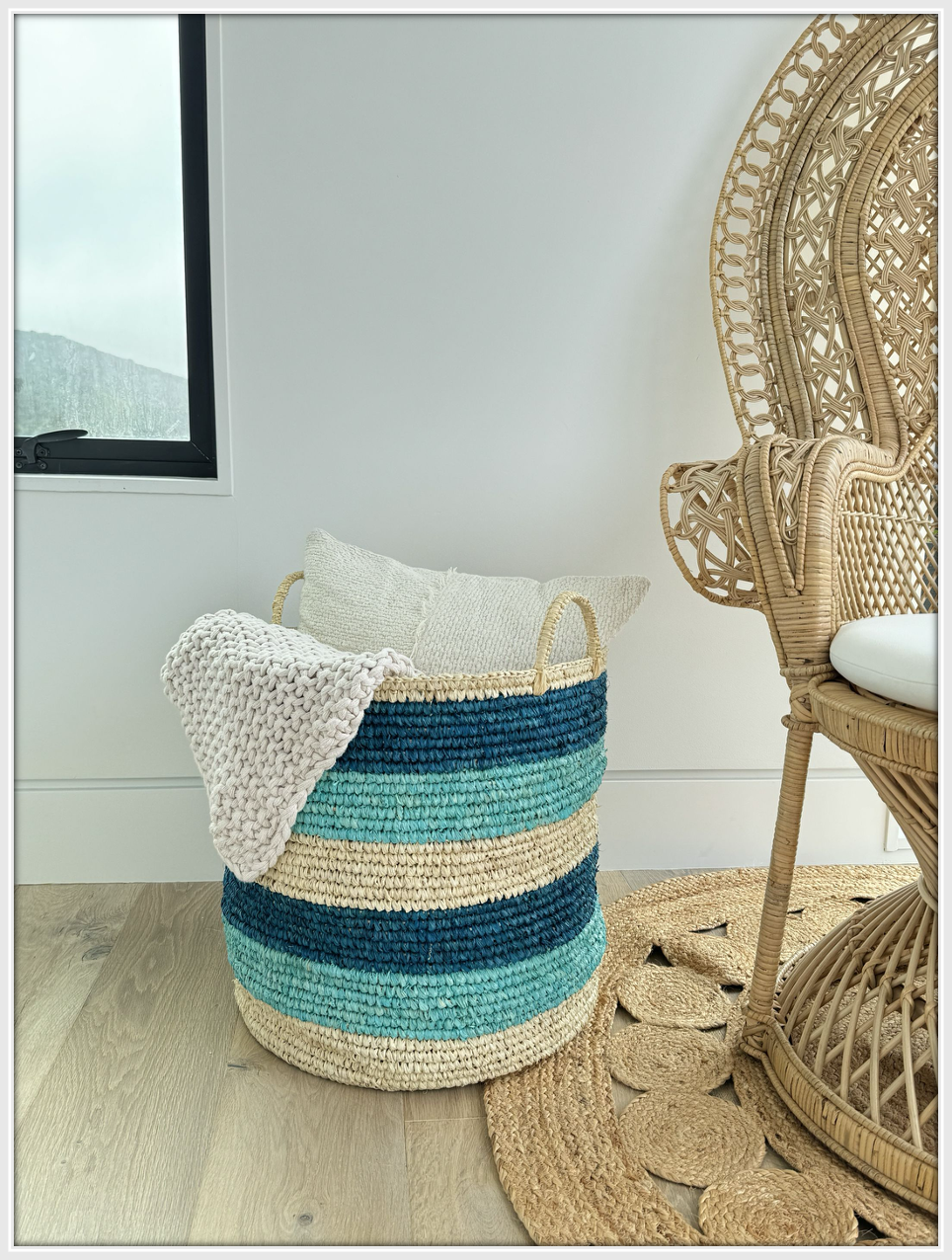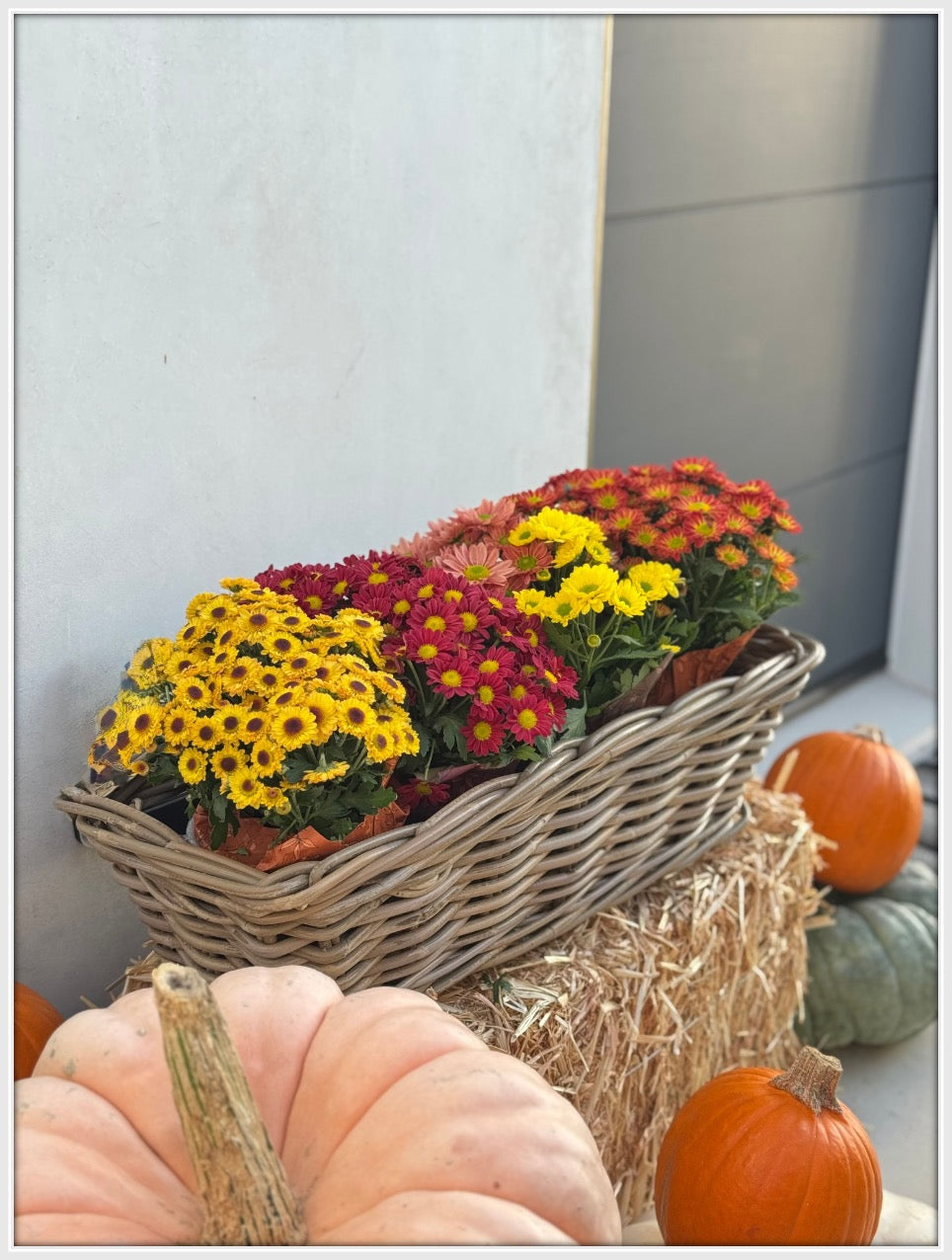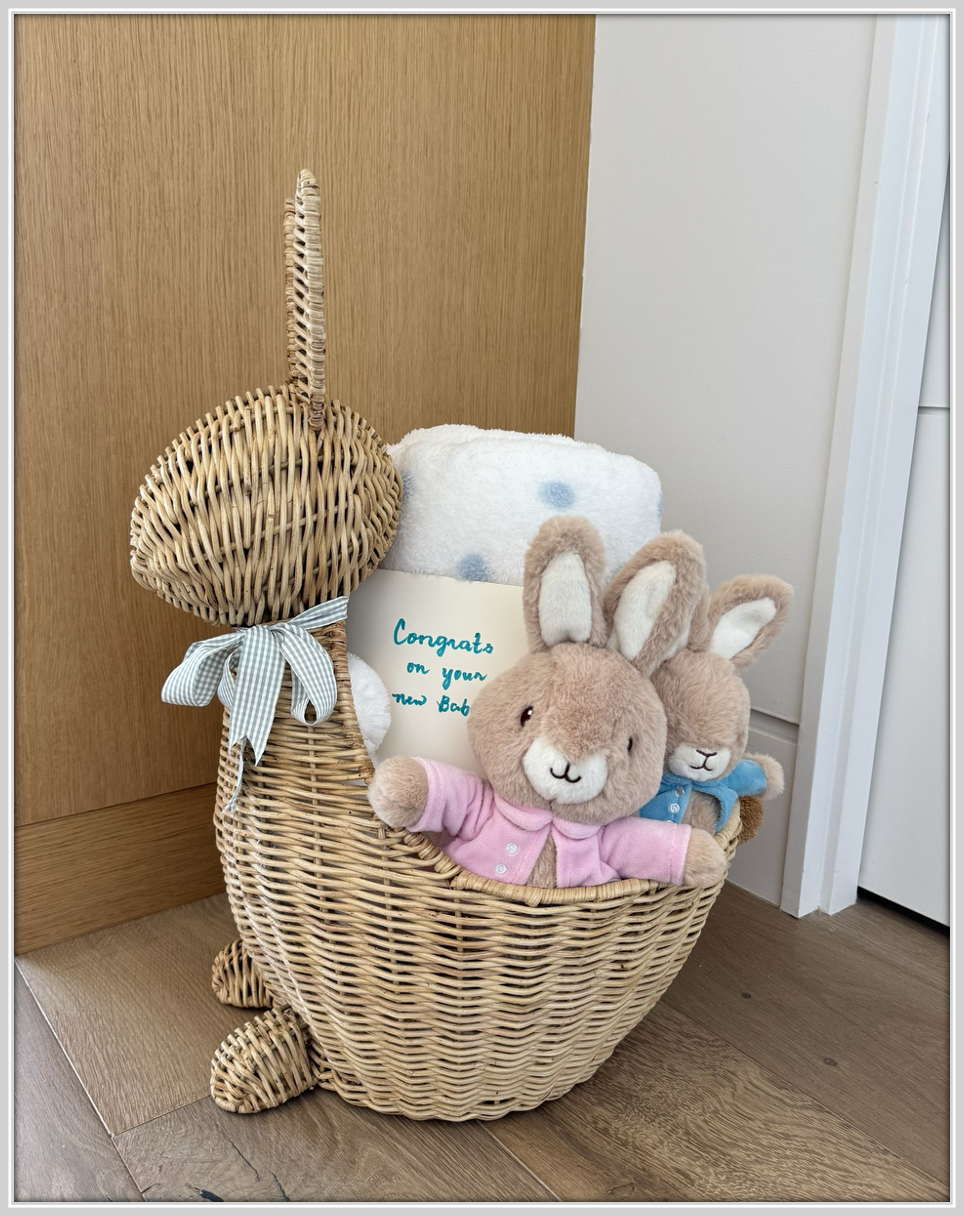Wherever your interior design takes you, you want to bring your own style to the table – and you definitely want to bring your personal aesthetic to your tables!
Tables are more than just functional pieces of furniture; they’re also integral in enhancing the style and utility of any space. Whether you’re furnishing a new home or looking to update your living room furniture, bedroom interior, kitchen and outdoor areas, understanding the various table types can help you make better design decisions. In this guide, we’re featuring 15 different table types with considerations and tips for each to help you create cohesive and stylish spaces.
Dining Tables

Source: Creative Interiors and Design
Characteristics
Dining tables are the centerpiece of your dining room, available in a variety of shapes including rectangular, round and oval. They are commonly made from wood, glass, metal or a combination of these materials, with the design ranging from classic and rustic to modern and minimalist.
Room Placement and Use
Dining tables are typically placed in the dining room or kitchen, serving as the main gathering spot for meals and social interactions. Depending on the location, your dining table might be used for everyday dining or reserved for special occasions.
Tips and Considerations
-
Size and Shape:
-
Size: Measure your dining area to ensure the table fits comfortably, leaving at least 36 inches of space around the table for chairs and movement. This allows for easy access to the table while avoiding overcrowding.
-
Shape: Rectangular tables are great for larger spaces and can seat more people, while round or oval tables are better for smaller areas and promote conversation.
-
Material:
-
Wood: Offers a classic look and is very durable, but can be prone to scratches and requires regular maintenance.
-
Glass: Provides a modern and sleek look, making the space appear larger. However, it can be more fragile and requires frequent cleaning to avoid smudges.
-
Metal: Gives an industrial or contemporary feel, is very durable, but can be cold to the touch and may require regular dusting.
-
Style:
-
Match Existing Decor: Your table style should complement your overall interior design theme. For example, a farmhouse table works well in rustic settings, while a glass and metal table suits modern interiors.
-
Versatility: Consider extendable tables if you often host guests, as they can be adjusted to accommodate more people when needed.
Bar & Counter Tables

Source: House Beautiful
Characteristics
Bar and counter tables are taller than standard dining tables, often requiring bar stools for seating. They are typically made from wood, metal or a combination of both, and come in various shapes including rectangular, round, and square.
Room Placement and Use
These tables are perfect for kitchen islands, home bars or entertainment areas. They provide a casual setting for meals, drinks or socializing.
Tips and Considerations
-
Height:
-
Standard Bar Height: Bar tables are usually 40-42 inches high. Ensure your bar stools match this height to maintain comfort.
-
Standard Counter Height: Counter tables are around 34-36 inches high, matching the height of kitchen counters. This makes them ideal for use in kitchens.
-
Functionality:
-
Storage: Some bar and counter tables come with built-in shelves or racks for storing such bar essentials, such as crystal Scotch glasses, cocktail shakers, or wine decanters, adding a touch of elegance to your home bar.
-
Adjustable Heights: Tables with adjustable heights can be more versatile, allowing them to be used in different settings and for various purposes.
-
Space:
-
Measure Your Area: Make sure your table fits comfortably without obstructing movement. Consider the placement of stools and additional features like footrests.
-
Traffic Flow: Place the table in an area where it does not interfere with the natural flow of traffic, allowing easy access and movement around the space.
Coffee Tables

Source: KOUBOO
Characteristics
Coffee tables are low tables typically placed in front of a sofa. They come in various shapes including rectangular, square, oval and round, and are made from wood, glass, metal or acrylic.
Room Placement and Use
Coffee tables are a staple in living rooms and serve as a place to set drinks, remote controls, magazines and decorative items. They can also double as a footrest or extra seating in a pinch.
Tips and Considerations
-
Size:
-
Height: The height of the coffee table should be slightly lower than the seat height of your sofa, generally between 16 to 18 inches.
-
Length: It should be about two-thirds the length of your sofa to ensure proportion and balance.
-
Shape:
-
Rectangular and Oval: These shapes are ideal for longer sofas and provide more surface area for items.
-
Round and Square: Better for smaller spaces or sectional sofas, promoting easier movement around the table.
-
Storage:
-
Built-In Storage: Consider tables with drawers or shelves for storing remote controls, magazines or other items.
-
Multifunctional: Some coffee tables feature lift-top surfaces that can double as workspaces or dining areas, adding to their functionality.
For even more information on coffee tables, get our Coffee Table Guide.
Side Tables

Source: KOUBOO
Characteristics
Side tables, also known as accent tables, are small tables placed beside chairs or sofas. They come in various designs, materials and shapes, often featuring unique or decorative elements.
Room Placement and Use
Side tables are versatile pieces used in living rooms, bedrooms and hallways. They provide a convenient surface for lamps, books or personal items.
Tips and Considerations
-
Height:
-
Match Armrest Height: The side table should be the same height or slightly lower than the armrest of the seating it accompanies to ensure easy access.
-
Function:
-
Storage Options: Look for side tables with drawers or shelves for additional storage space, helping to keep your room tidy.
-
Multipurpose Use: Some side tables can double as small desks or laptop stands, adding to their functionality.
-
Design:
-
Complementary Style: Choose a table that adds to the room’s decor without overwhelming it. Consider unique shapes or materials for a statement piece.
-
Balance and Proportion: Ensure the table fits well within the space, balancing with other furniture pieces to create a harmonious look.
End Tables

Source: KOUBOO
Characteristics
End tables are similar to side tables but are specifically designed to sit at the end of a sofa or chair. They are available in various materials including wood, metal and glass, and often feature drawers or shelves.
Room Placement and Use
End tables are typically found in living rooms and bedrooms, providing a practical surface for lamps, drinks, and personal items.
Tips and Considerations
-
Proportion:
-
Size: Choose an end table that is proportionate to the furniture it accompanies. It should not be taller than the armrest of the sofa or chair.
-
Surface Area: Ensure the surface is large enough to hold items like lamps, books or drinks without overcrowding.
-
Storage:
-
Drawers and Shelves: Consider end tables with additional storage options to keep your living space organized.
-
Hidden Storage: Tables with hidden compartments can be useful for storing small items out of sight.
-
Style:
-
Match Decor: Match the end table with the style of your other furniture pieces to create a cohesive look.
-
Accent Pieces: End tables can also serve as accent pieces, adding a touch of personality to the room with unique designs or finishes.
Bedside Tables (Nightstands)

Source: KOUBOO
Characteristics
Bedside tables or nightstands are small tables placed next to the bed. They usually come with drawers or shelves and are made from wood, metal, or a combination of materials.
Room Placement and Use
Nightstands are a bedroom essential, providing a place for lamps, alarm clocks, books and personal items. They help keep the bedroom organized and functional.
Tips and Considerations
-
Height:
-
Level with Mattress: The height of the nightstand should be level with the top of your mattress to ensure easy access while in bed.
-
Storage:
-
Drawers and Shelves: Opt for nightstands with drawers or shelves to store bedside essentials like books, glasses or medications.
-
Surface Area: Make sure the top surface is large enough to hold a lamp, alarm clock and other necessary items.
-
Design:
-
Complement Bed Frame: Choose a design that complements your bed and bedroom decor, creating a cohesive and stylish look.
-
Durability: Consider the material and construction for durability and longevity, especially if you plan to use it frequently.
For more guidance, see our Nighstand Guide
Console Tables

Source: The Sommer Home
Characteristics
Console tables are narrow and long tables designed to fit against a wall or behind a sofa. They are often made from wood, metal or glass and feature minimalistic designs.
Room Placement and Use
Console tables are perfect for entryways, hallways, and living rooms. They can be used to display decorative items, store keys, or serve as a functional surface in narrow spaces.
Tips and Considerations
-
Space:
-
Measure Carefully: Measure your space to make sure the console table fits comfortably without obstructing movement.
-
Width and Depth: Consider the width and depth of the table to ensure it fits well within the space.
-
Function:
-
Storage Options: Look for tables with drawers or shelves for added storage, perfect for entryways where you need a place for keys, mail or other small items.
-
Decorative Use: Console tables can also be used to display decorative items like vases, picture frames or mementos.
Nesting Tables

Source: DeCasa Collections
Characteristics
Nesting tables are a set of small tables that can be stacked or nested together. They are typically made from wood, metal or glass and come in various shapes, sizes and configurations.
Room Placement and Use
Nesting tables are versatile and can be used in living rooms, bedrooms or any area that requires flexible table space. They are perfect for small spaces as they can be tucked away when not in use.
Tips and Considerations
-
Flexibility: Consider the ease of stacking and unstacking the tables. They should be lightweight and easy to move around.
-
Design: Choose a set that complements your existing decor. Nesting tables can add a unique, layered look to your space.
-
Durability: Since they’re moved and stacked often, make sure you choose a material that can withstand regular use. Look for tables with sturdy construction and quality finishes.
Foldable and Extendable Tables

Source: Design Cafe
Characteristics
Foldable and extendable tables offer versatility and functionality. These tables can be expanded or collapsed as needed, making them ideal for small spaces or occasional use. They are made from materials like wood, metal and plastic.
Room Placement and Use
These tables are perfect for dining rooms, kitchens or any area where space is a concern. They provide extra surface area when needed and can be stored compactly when not in use.
Tips and Considerations
-
Mechanism: Make sure the extending mechanism is easy to use and durable. Test the table before purchasing to ensure smooth operation.
-
Size: Choose a table that fits your space when fully extended, even if you won’t always use it extended.
-
Material: Consider the material’s durability and maintenance requirements. Keep in mind the table will get more use (and thus more wear) than the extension, which may impact your material choice.
Drink Tables

Source: House Beautiful
Characteristics
Drink tables are small, often elegant tables designed to hold drinks and small items. They come in various shapes and materials, including metal, glass and wood.
Room Placement and Use
These tables are perfect for living rooms, home bars or any area where you entertain guests. They provide a convenient surface for drinks and snacks.
Tips and Considerations
-
Height: Ensure the table height is comfortable for placing and retrieving drinks. It should be easily accessible from the seating area.
-
Design: Choose a design that adds to the room’s decor without being obtrusive. A sleek, minimalistic table can blend seamlessly into any setting.
-
Stability: Ensure the table is stable and won’t tip over easily. A wide base or tripod design can provide extra stability.
Dressing and Vanity Tables

Source: Brooklyn Berry Designs
Characteristics
Dressing and vanity tables are designed for bedrooms and dressing areas. They typically feature a mirror, drawers and a surface for personal grooming items. These tables are often made from wood or metal and come in various styles.
Room Placement and Use
Vanity tables are perfect for bedrooms, large bathrooms and walk-in closets, providing a dedicated space for makeup, jewelry and personal grooming.
Tips and Considerations
-
Storage: Look for tables with ample storage for your personal items. Drawers, compartments and shelves can help keep your vanity organized.
-
Size: Ensure the table fits comfortably in your dressing area. Measure the space to avoid any issues with fitting the table.
-
Design: Consider purchasing a table with a built-in mirror or one that will sit beneath an existing (or new) wall mirror.
Ottoman Tables

Source: KOUBOO
Characteristics
Ottoman tables are upholstered tables that can also serve as seating or footrests. They come in various shapes and sizes and are typically made from fabric, leather or synthetic materials.
Room Placement and Use
These tables are versatile pieces used in living rooms, bedrooms and even outdoor spaces. They provide a soft surface for sitting, resting feet or placing items.
Tips and Considerations
-
Material: Choose a durable and easy-to-clean material, as these will see shoes and feet more than sofas and chairs. Leather and synthetic fabrics are often easier to maintain than natural fibers.
-
Function: Consider ottomans with storage inside for added functionality. Lift-top designs can provide hidden storage for blankets, magazines or toys.
-
Style: Select a design that matches your existing furniture. Ottomans can serve as statement pieces or blend in with your decor.
Office Tables & Desks

Source: Better Homes & Gardens
Characteristics
Office tables and desks are designed for workspaces, providing a functional surface for computers, paperwork and office supplies. They come in various shapes and sizes and are typically made from wood, metal, or glass.
Room Placement and Use
These tables are essential for home offices or productivity nooks, providing a dedicated space to work. They may also be used in bedrooms or living rooms as multipurpose desks.
Tips and Considerations
-
Ergonomics: Ensure the desk height and design promote good posture and comfort. Look for desks that accommodate ergonomic chairs and keyboard trays.
-
Storage: Look for desks with drawers or shelves for organizing office supplies. Built-in storage can help keep your workspace clutter-free.
-
Durability: Choose a durable material that can withstand daily use. Solid wood and metal are often more durable than particleboard or plastic.
Picnic Tables

Source: Cali Girl in a Southern World
Characteristics
Picnic tables are outdoor tables typically made from wood, metal or plastic. They feature attached benches and are designed for outdoor dining and gatherings.
Room Placement and Use
These tables are perfect for gardens, patios and parks, providing a sturdy surface for outdoor meals and activities.
Tips and Considerations
-
Weather Resistance: Choose materials that can withstand outdoor elements. Treated wood, powder-coated metal, and weather-resistant plastics are good options.
-
Size: Ensure the table is large enough to accommodate your family and guests. Consider extendable options if you often host larger gatherings.
-
Maintenance: Consider the ease of cleaning and maintaining the table. Some materials may require more upkeep to stay in good condition.
Patio Tables

Source: Home with Holly
Characteristics
Patio tables are designed for outdoor use, often made from weather-resistant materials like metal, plastic or treated wood. They come in various shapes and sizes to suit different outdoor spaces.
Room Placement and Use
Patio tables are ideal for decks, patios and gardens, providing a functional surface for outdoor dining, entertaining and relaxation.
Tips and Considerations
-
Durability: Choose materials that can withstand weather conditions. Look for tables with UV protection and rust-resistant finishes.
-
Functionality: Consider tables with features like umbrellas or storage. Built-in features can enhance the functionality of your outdoor space.
-
Style: Consider an outdoor rug to place beneath your table. This will give the space a more luxurious, cohesive feel.
Remember, the tables you choose can add functionality and aesthetic appeal to your home and outdoor spaces. By understanding functionality, proper placement and other considerations for each table type, you can choose pieces that suit your lifestyle and unique aesthetic – and ultimately enhance the beauty of your home.


















